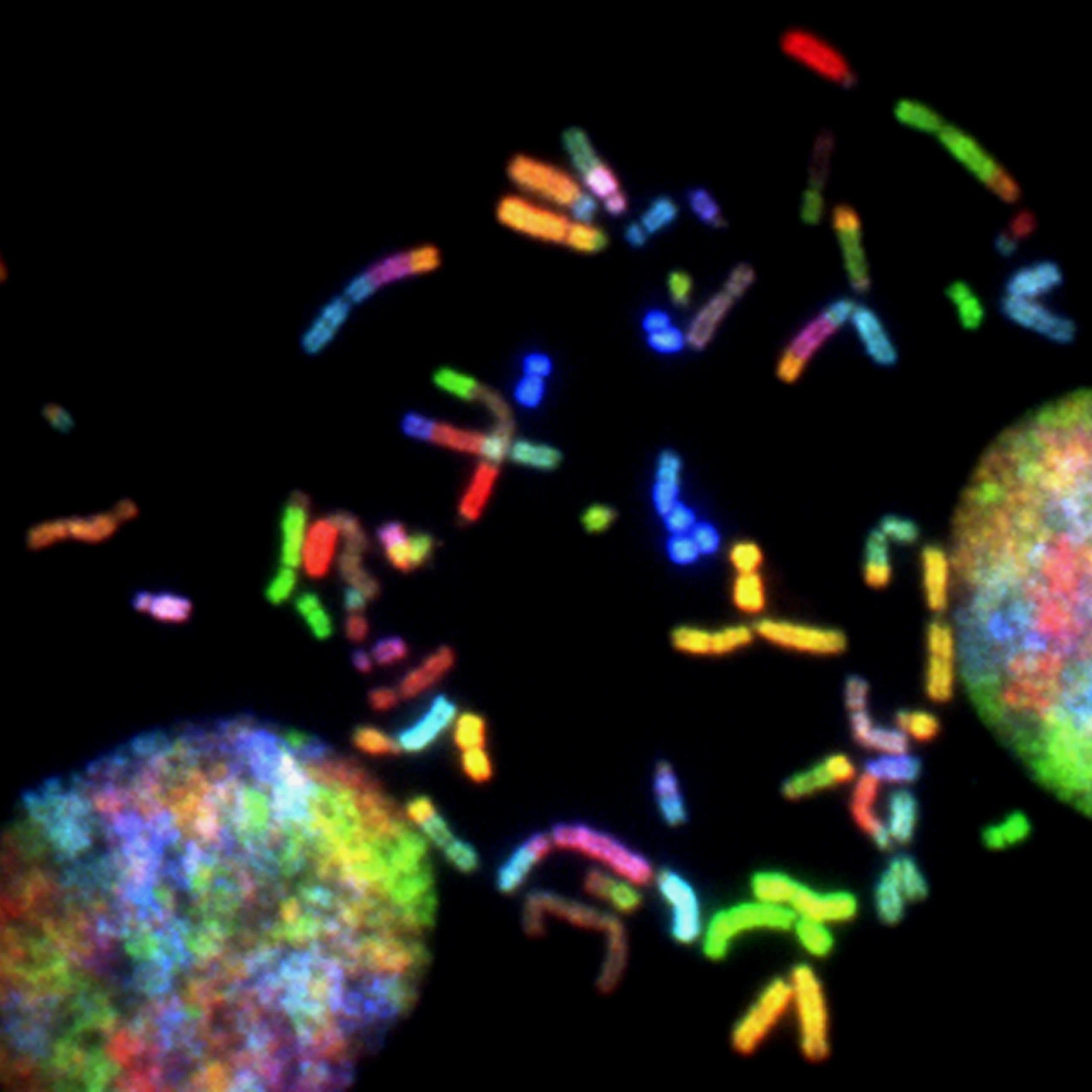The Role Of Genetics In Fitness
Fitness is a central concept in evolutionary biology, referring to an individual's ability to survive and reproduce in their environment.
While environmental factors such as diet and exercise are known to play a significant role in an individual's fitness, genetics also have a crucial impact on an individual's physical and physiological traits.
The study of genetics and its relationship to fitness has become increasingly important in recent years, as advances in genetic testing have allowed for a better understanding of how an individual's unique genetic makeup influences their health and overall fitness.
In this article, we will explore the role of genetics in fitness, looking at how genetic variation can influence physical fitness and health outcomes, as well as the limitations of genetics in determining an individual's overall fitness.
Why Is Fitness Important?
In the modern world, many people lead sedentary lifestyles due to the demands of work and technology, which can negatively impact physical and mental health.
Fitness has become increasingly important in mitigating the harmful effects of a sedentary lifestyle.
The human body is designed for movement. Regular physical activity has been shown to promote cardiovascular health, improve cognitive function, and reduce the risk of chronic diseases such as obesity, diabetes, and heart disease.
As people spend more time sitting and less time moving, the body can experience adverse effects such as weakened muscles and bones, reduced flexibility, and increased stress.
Regular physical activity can help counteract these effects and promote overall health and well-being.
This is why fitness training is not just popular in today's world but also mandatory for everyone who leads a primarily sedentary lifestyle.
Core Fitness Principles
The core principles of fitness training are grounded in progressive overload, which consistently challenges the body to adapt and grow stronger over time.
This is achieved through three main factors: frequency, intensity, and duration.
By gradually increasing the frequency, intensity, or duration of physical activity, the body is forced to adapt and improve its physical capabilities.
While genetics can influence an individual's starting point and potential for growth, most people, regardless of their genetic makeup, can benefit from fitness training if they apply these core principles consistently.
Research has shown that even minor physical activity improvements can significantly benefit health and fitness outcomes.
By challenging the body with progressively increasing demands, individuals can improve strength, endurance, and overall fitness, leading to improved health and well-being.
Genetic Factors
While consistent training and progressive overload can lead to significant improvements in physical fitness for most people, it is essential to acknowledge that not everyone can achieve the same level of athletic success due to genetic limitations.
Let's look at the 3 main genetic factors that can influence performance and aesthetics regarding fitness training.
Physical Traits
While physical activity and nutrition can influence many aspects of physical fitness, some traits, such as height, are determined mainly by genetics.
A complex interplay between genetic and environmental factors determines height. Still, it is estimated that, for the most part, an individual's height is determined by genetic factors.
Understanding the role of genetics in physical traits like height and body structure can help individuals have a more realistic perspective on their physical capabilities and avoid unrealistic expectations.
Muscle Insertions
Muscle insertions are another genetic factor that can significantly impact an individual's physical appearance and athletic abilities.
Muscle insertions refer to the point where a muscle attaches to a bone, and the location and angle of these insertions can influence how the muscle looks and functions.
For example, people with shorter calves will generally have smaller-looking calves, even if they have well-developed muscles in this area.
Similarly, the number and shape of abdominal muscles, such as having a four-pack or an eight-pack, are determined mainly by genetics.
While these factors do not necessarily limit an individual's athletic potential, they can impact how their muscles appear. It is essential to understand that they are determined mainly by genetic factors that cannot be changed through training or other lifestyle factors.
Response To Stimulus
Genetics can also significantly affect how an individual responds to physical training.
While consistent training and progressive overload can improve physical fitness for most people, how individuals respond to these stimuli is considerable variation.
Some people may see rapid strength, endurance, or muscle mass improvements. In contrast, others may see slower progress or experience plateaus.
While genetics can influence an individual's response to training, it is essential to remember that consistent effort and dedication are crucial to achieving meaningful progress in physical fitness.
Final Thoughts
To wrap this up, it is fair to say that genetics influence one's appearance and rate of progress.
However, genetics is not everything, meaning that most people can achieve meaningful results with proper training and nutrition plans.
This is why, yet again, we say the magic words - consistency is king!

